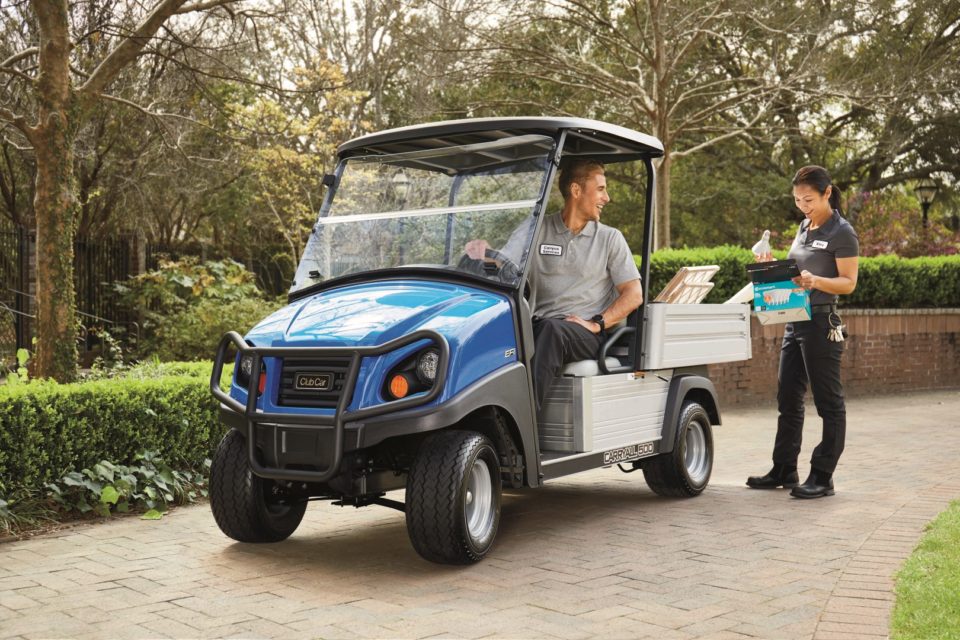Ways To Cut Vehicle Costs On Your Campus
March 3, 2020

Utility vehicles on campus can reduce your fleet costs while balancing student and staff safety, crew performance and sustainability.
There was a time when utility task vehicles (UTVs) on campus meant golf carts with accessories attached. Today, fleet managers, facilities directors and maintenance managers at institutions across the country are relying on the versatility and variety of purpose-built utility and transportation vehicles to move people and materials all over campus – all with significant cost savings.
“The UTVs were much less expensive to purchase, operate, and insure than vans or shuttle buses would have been,” says Chief Mechanic Charles Gettis of Georgia State University. “They require no fuel, less maintenance and they let us put fewer miles on our public safety cars.”
So how can you do the same on your campus? Here are three tips.
1. Replace small vans with electric utility vehicles
The best of today’s UTVs are purpose-built for work, with commanding powertrains, semi-independent rear suspension systems and aluminium frames that stop rust in its tracks. These long-lasting vehicles can do the work of pickups at a fraction of the cost to purchase and maintain. UTVs can also access narrow paths, drive across lawns, and pull right up to work sites. This makes them perfect on campus, where parking and pedestrian-only zones are expanding.
Well-built UTVs are less expensive to purchase, maintain, insure and operate than full-size vans. Most of the maintenance can be done on-site, or through a local dealer. In fact, it costs about one-half to one-third as much to buy and operate an electric UTV as it does a van.
Replacing just one full-size vehicle with an electric utility vehicle can save you thousands of pounds over the lifetime of the vehicle.
2. Use Fit-To-Task vehicles for everyday applications
Until recently, facilities managers had to buy generic vehicles and add accessories or pay for customisation to get vehicles configured for dedicated applications. Today there are utility vehicles specifically engineered and designed to streamline common jobs, allowing a significant boost on the return of investment.
These are just a few of the task-specific vehicle types available today:
3. Go electric!
Electric vehicles can also improve ROI, if you do your due diligence and ensure the infrastructure is in place and that you obtain the right vehicle for the task. You don’t want to sacrifice purpose or reliability for sustainability.
The electric utility vehicle market is growing and changing quickly, and deciding which technologies to deploy can be a challenge. Keep it simple, evaluate how far the vehicle will need to travel, how much weight it will need to be able to move and determine if there will be a place to charge it every day when not in use.
Cost-effective solutions such as onboard chargers with retracting reels and single-point watering systems for batteries are two examples of how to maximize the value of your electric utility vehicles.
Your campus probably already has a sustainability plan in place, and going electric is just one way you can achieve those goals. At Carryway we also have looked into the cost of electric vans Vs petrol/diesel vans in our ‘Electric Vans – How much could you really save’ blog… take a read of the article here.
Contact Us
Interested in our products or have any queries? Don’t hesitate to get in touch.
MTS Credit Application
Interested in our products? Simply fill in the form and get credit today.


